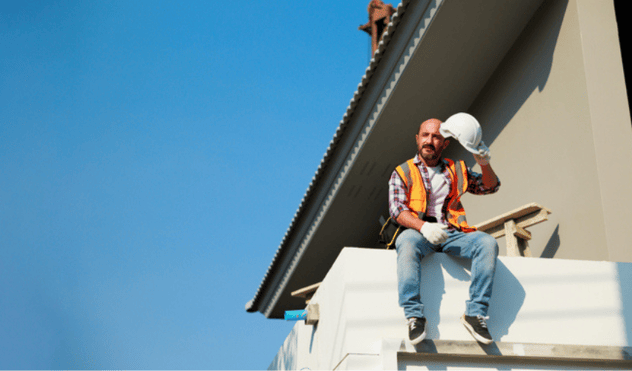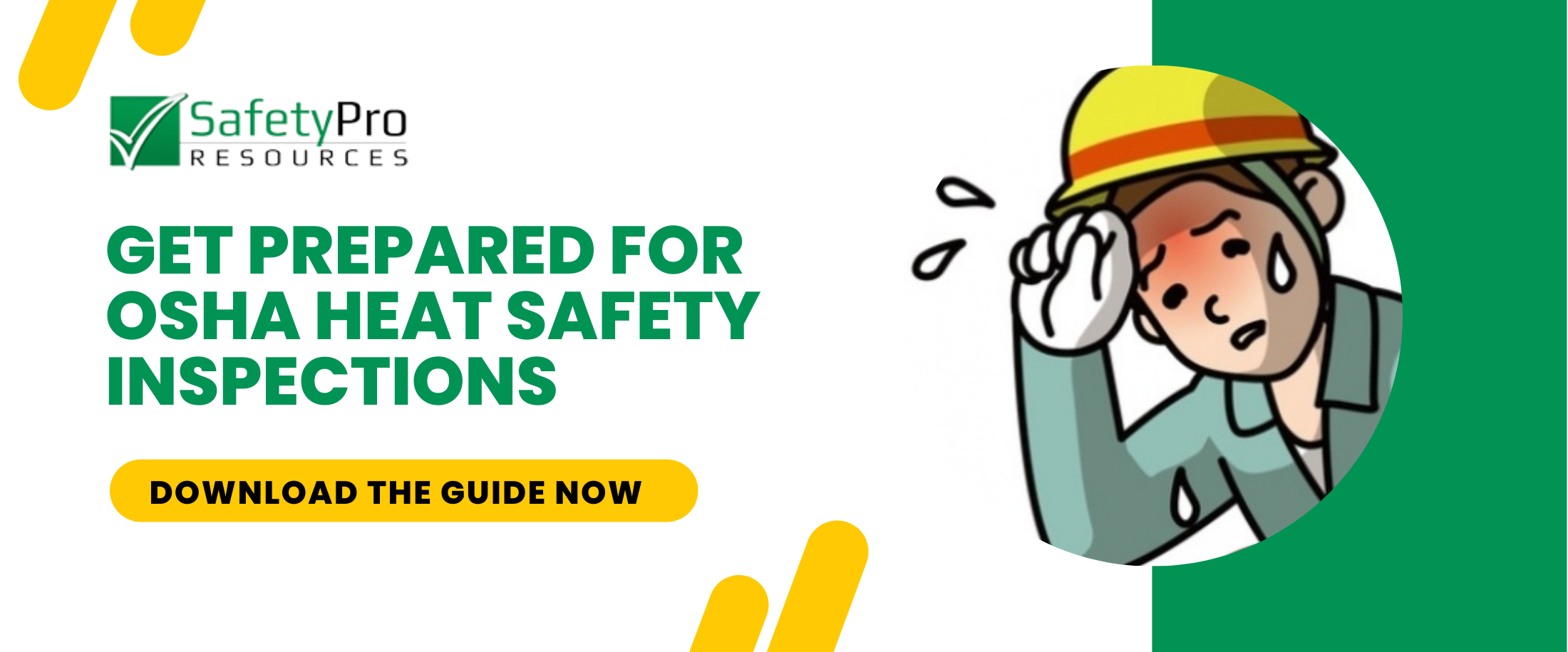
While it’s no secret that construction is physically demanding work, many sites fail to promote heat safety at great cost to overall productivity and health. Your team likely consists of some new hires who may have only recently started their construction career—without experience working in high heat, they could be at greater risk.
One way to keep your whole crew safe this year is to ensure they acclimatize to the heat safely using OSHA’s heat acclimatization standards.
What is Heat Acclimatization?
An essential part of overall heat safety, heat acclimatization is a natural process that takes place as the worker’s body adapts to working in high temperatures. An acclimatized worker’s body sweats more efficiently, has a lower core temperature, has more stable circulation, and is more capable of withstanding the stress of the environment.
This process takes time; the CDC recommends a two-week schedule that starts on a worker’s first day in high temperatures. During these two weeks, workers are at a higher risk of developing heat illness and their exposure should be carefully monitored.
Why is heat acclimatization important?
Nearly half of heat illnesses and deaths on construction sites happen during the worker’s first day on the job, and more than 80% happen before the end of their first week. Acclimatization is the number one tool to combat this preventable and deadly risk on your site.
Many people underestimate how quickly high heats can impact someone’s health and how subtle the signs can be until the damage is already done. Acclimatized workers are not only more capable of tolerating the heat—they know to look out for the telltale signs of heat rash on their torso and joints, as well as symptoms like dizziness, confusion, and fatigue that can signal dehydration and heat exhaustion. To keep your team safe, efficient, and productive, heat acclimatization is essential.
heat acclimatization best practices
The CDC notes that new workers are at risk of heat illness, as are workers returning from leave, extended vacation, or another non-exposed position. Workers can maintain their acclimatization even if they are away from the job for a few days, like over a weekend.
If absent for more than a week, however, they will start to significantly lose the benefits of adapting to the heat, increasing the likelihood of heat-related illness again. When in doubt, re-acclimate a worker to ensure their long-term safety.
Increase by Shift
A new employee should be exposed to heat for no more than 20% of their first shift. This means that a typical 8-hour shift should have no more than 1.5 hours of heat exposure. Each day, this amount can be increased by another 20% of the total—meaning an employee who was exposed for 1.5 hours of their first 8-hour shift can be exposed for 3 hours their second, 4.5 their third, and so on.
For experienced workers that are returning, the CDC recommends no more than 50% exposure on day one, 60% on day two, and 80% on day three before returning to full exposure on day four.
Check in Often
Whether a worker is new or experienced, it is imperative that a supervisor consistently check in on them and look for warning signs of heat illness. This can be handled by a general manager or supervisor on a small site.
However, if you are running a larger operation, you could likely benefit from assigning a heat safety task person to ensure that workers site-wide are staying on their acclimatization schedules, taking shade and water rests as needed, and are monitored for signs of heat illnesses.
Adapt as Needed
Differences in the physicality and overall health of contractors can impact that effectiveness of your heat acclimatization schedule. It’s important to develop a standard, but adjust on a case-by-case basis to consider individual contractors as well as the potential shifts in daily temperatures.
While there are some variations, a worker who is acclimatized to a hot, humid environment will typically be more capable of working in hot, desert environments and vice versa. Generally, a more physically fit worker will be able to acclimate quicker, and therefore won’t need an extended acclimatization schedule.
Related Content: How to Protect Workers From Heat Stress
Be aware of temperatures fluctuating over the course of your project and adapt as necessary. An unusually hot or cool day may mean changes in schedules and shifts to ensure the continued safety of new and experienced employees.
Stay Compliant with OSHA's Heat Safety Guidelines
As heat illness and deaths continue to rise, OSHA is renewing their focus on the issue and cracking down on noncompliant businesses. Staying compliant means keeping your team safe, monitoring their exposure, and taking heat acclimatization seriously for new and returning workers.
If you are unsure about your current heat safety plan, a safety consultant can help you get on track, get your team trained, and keep your site compliant.


















